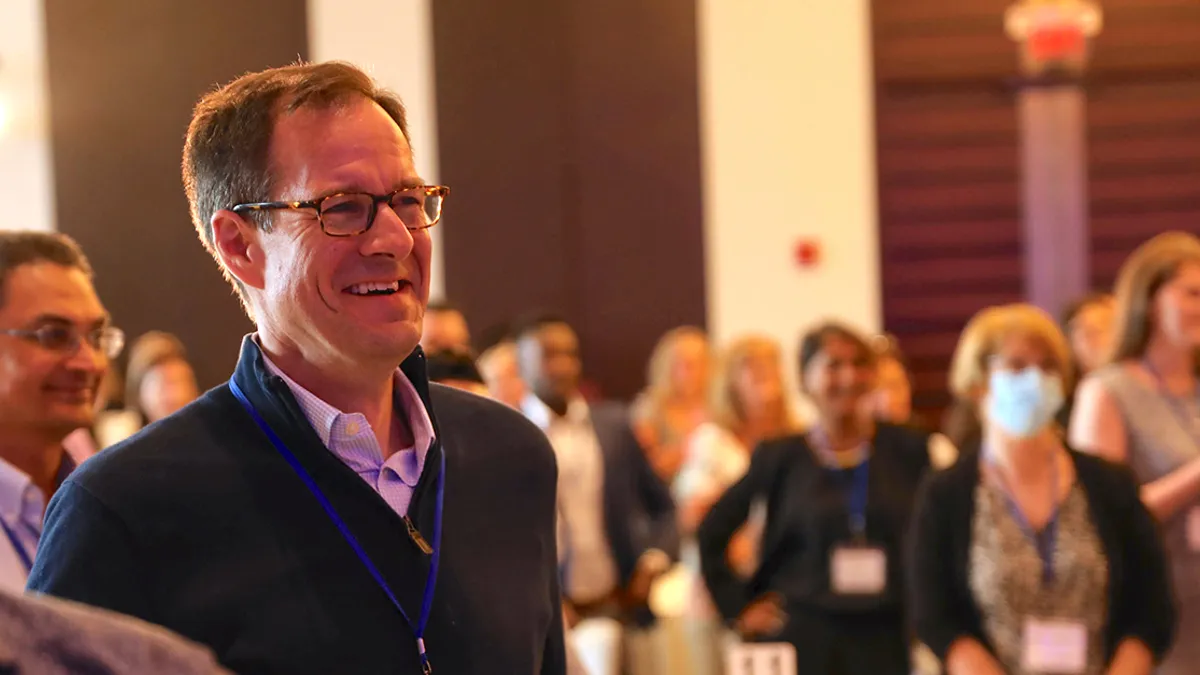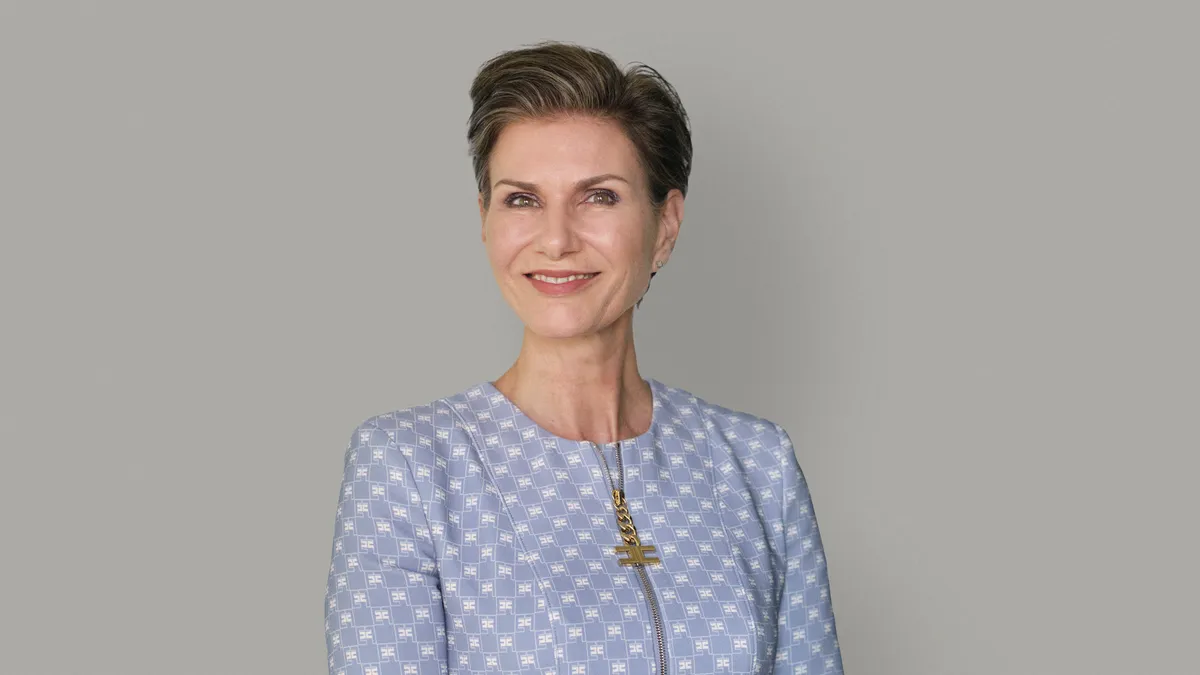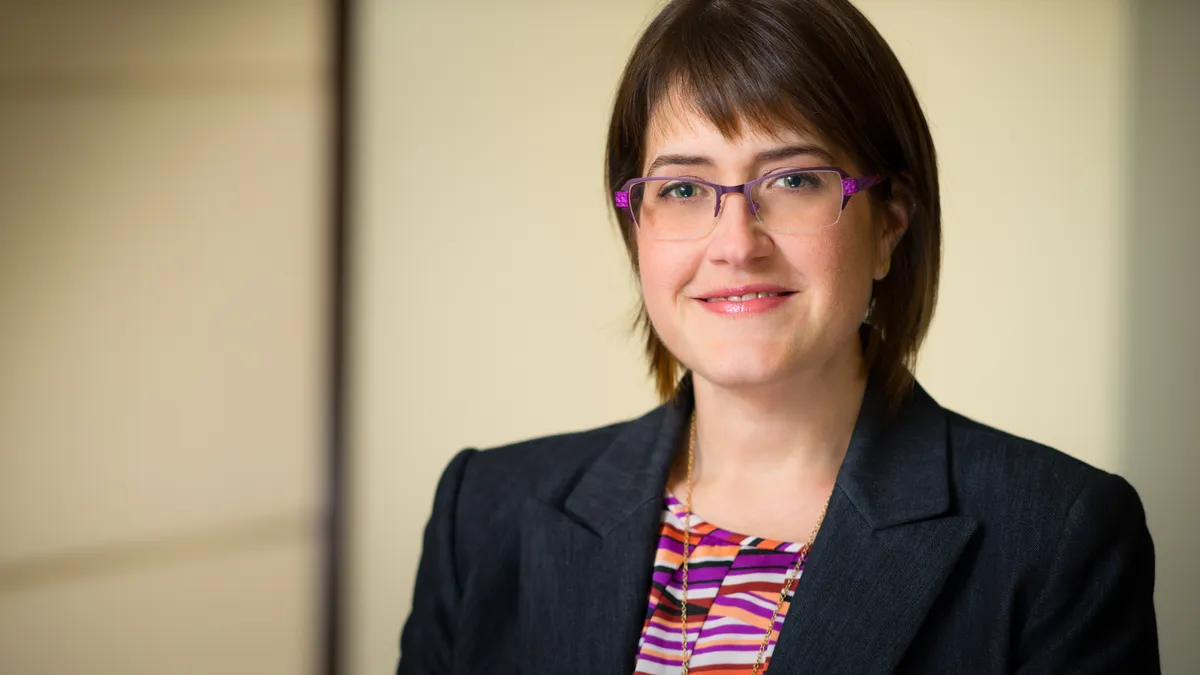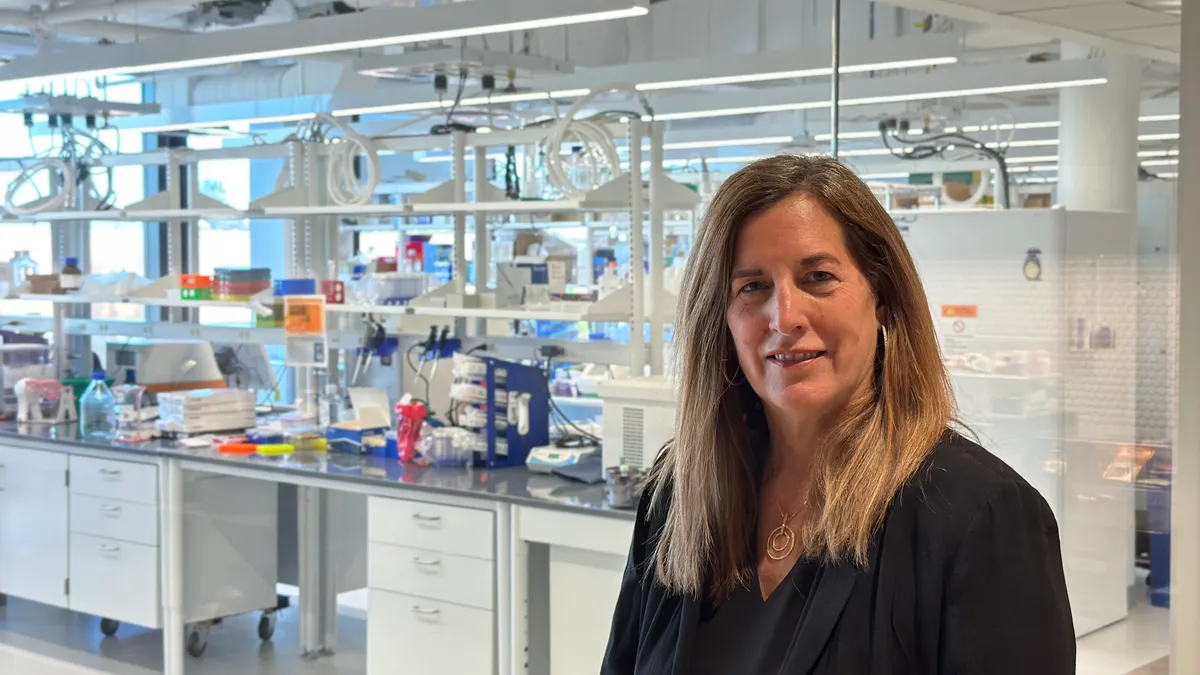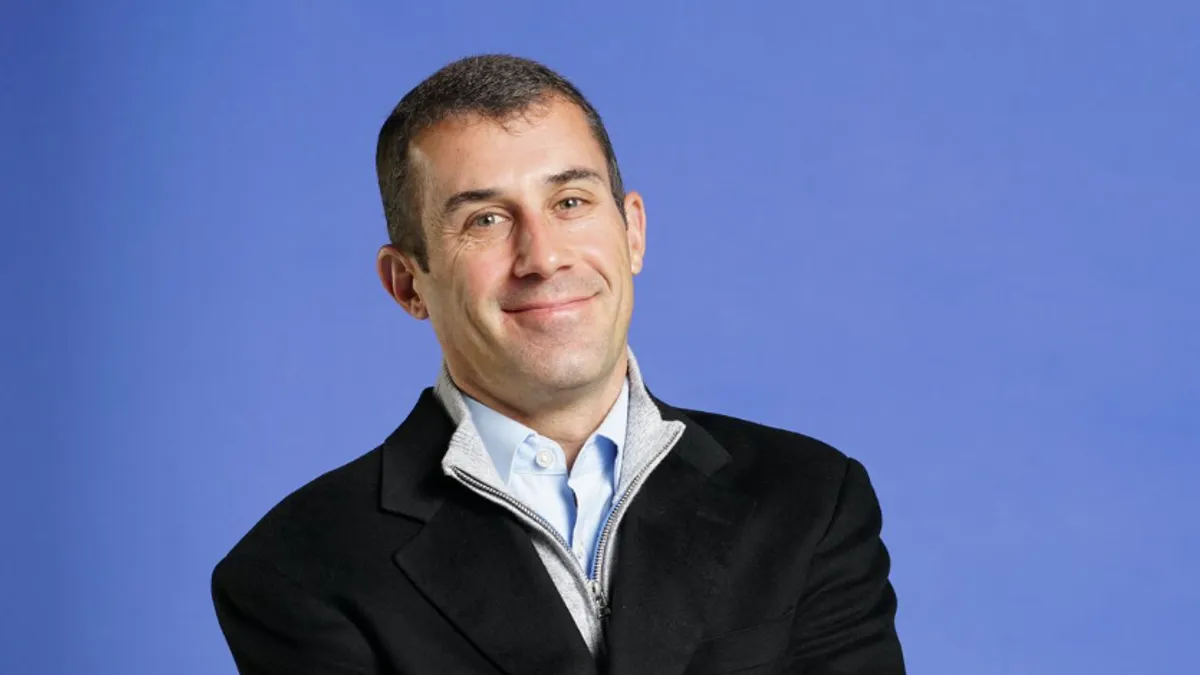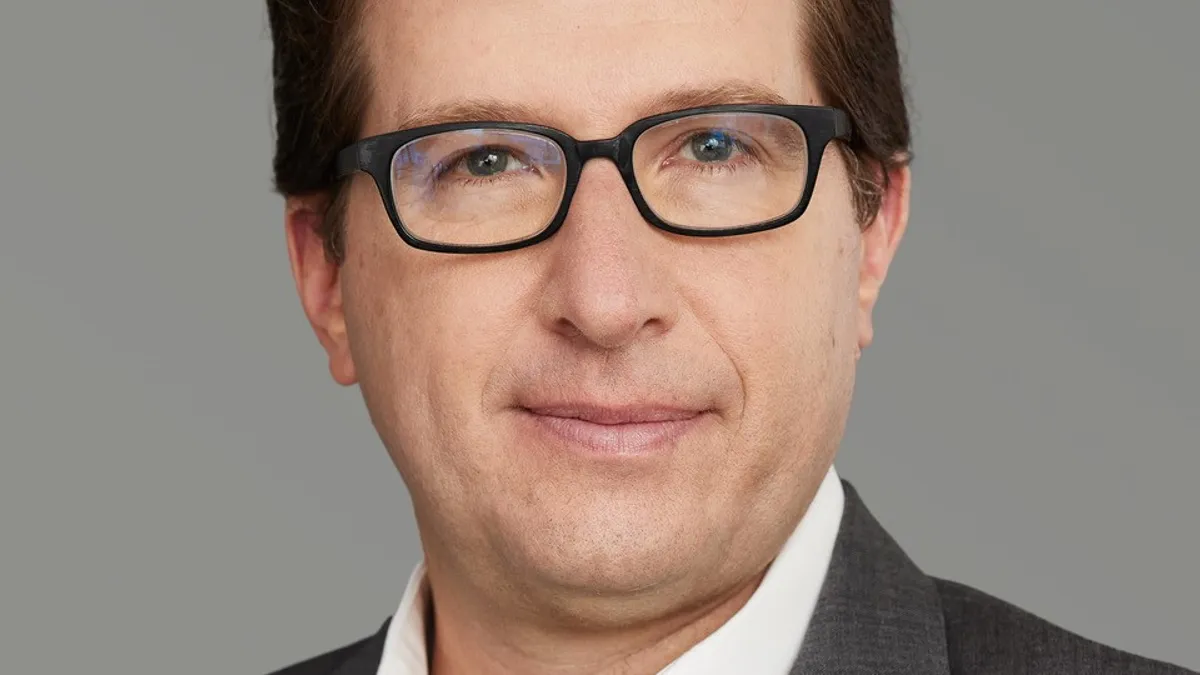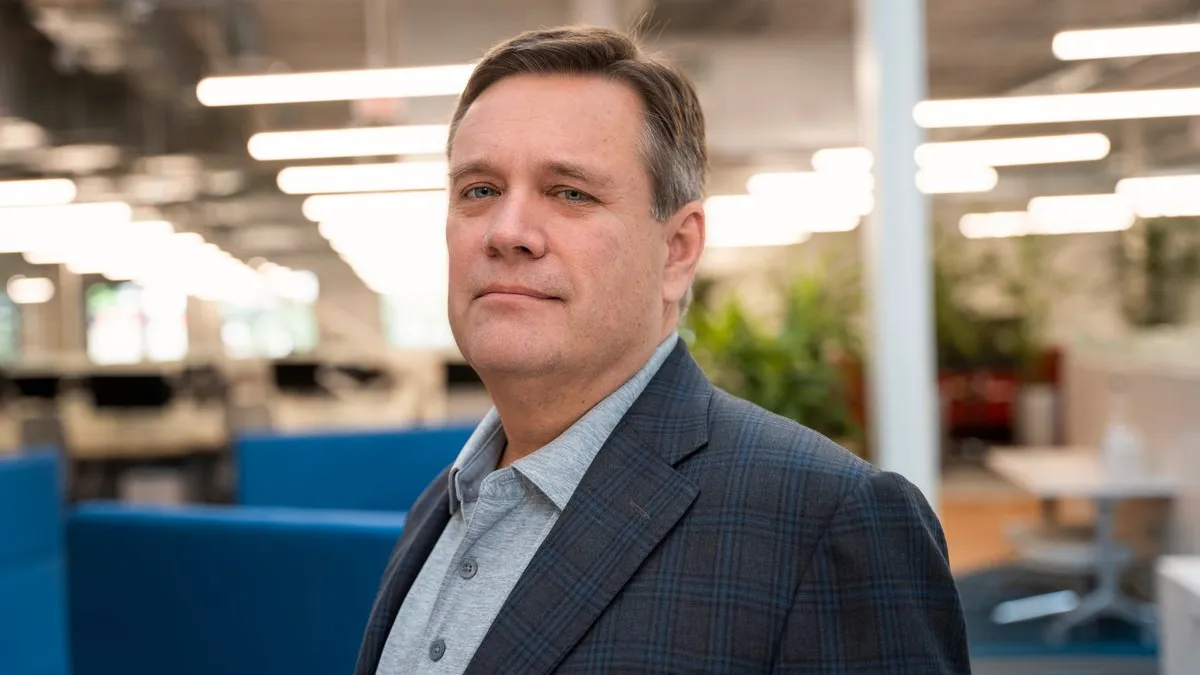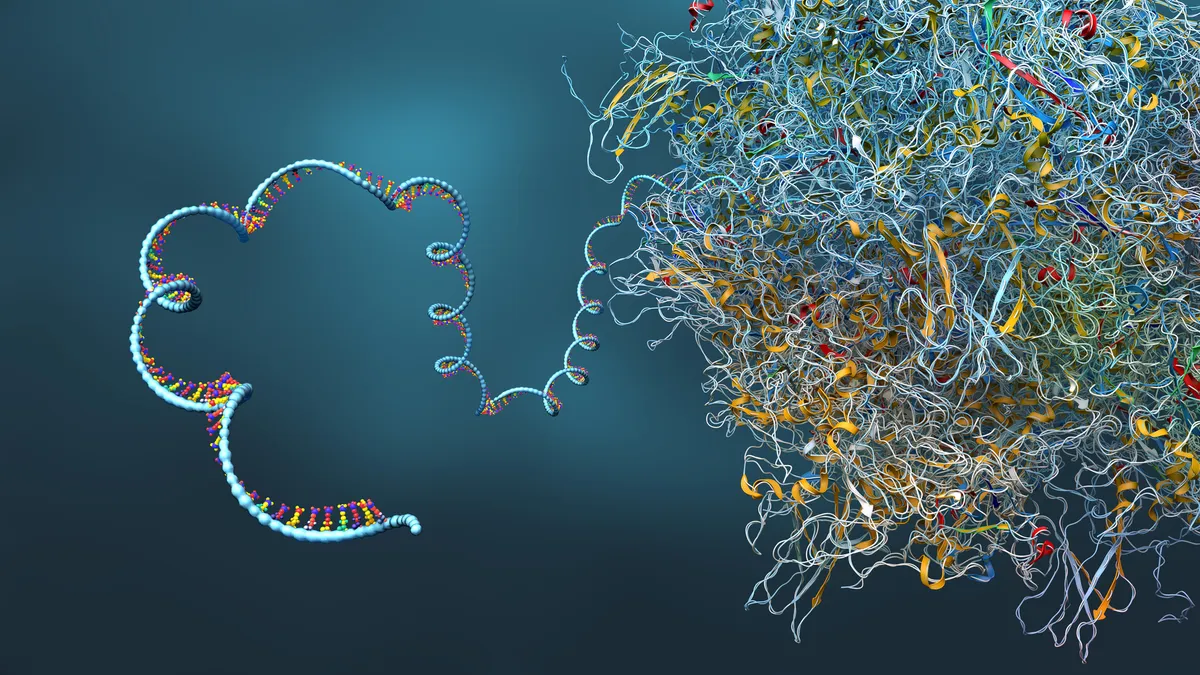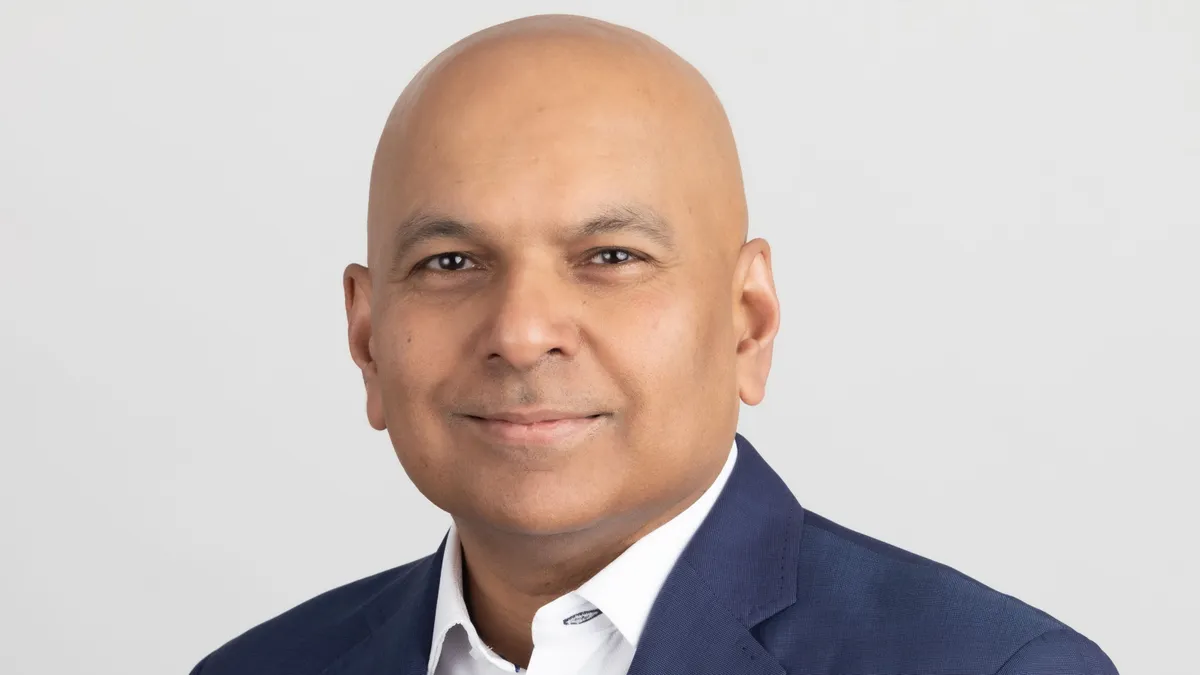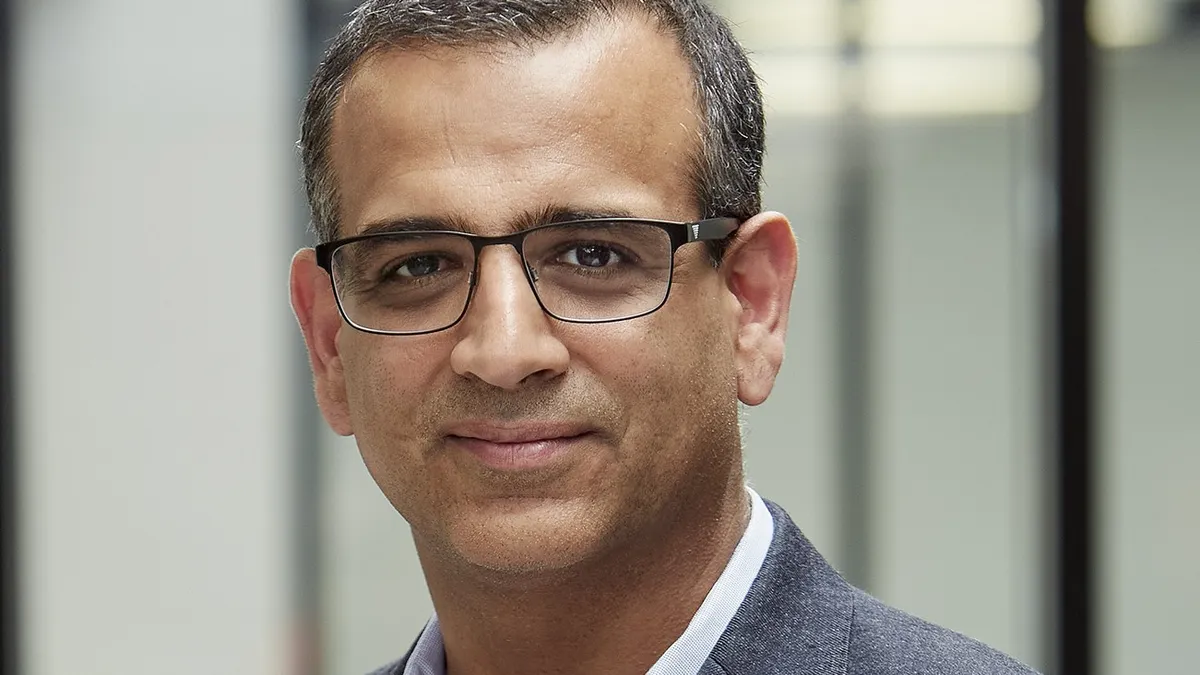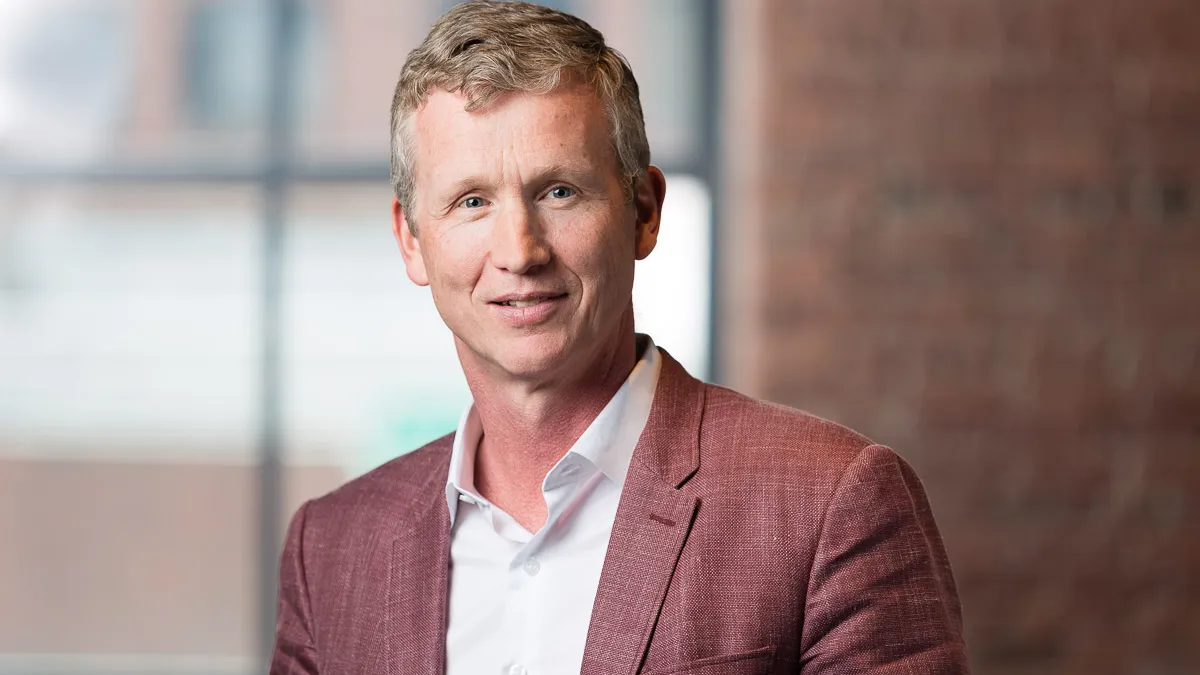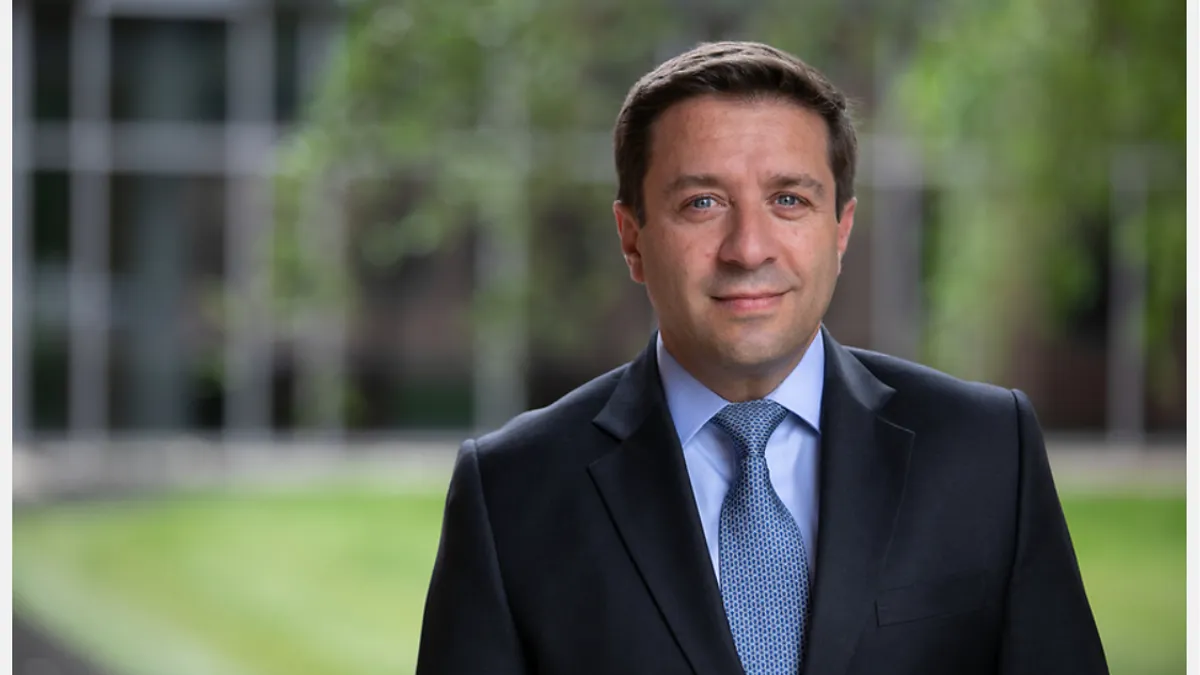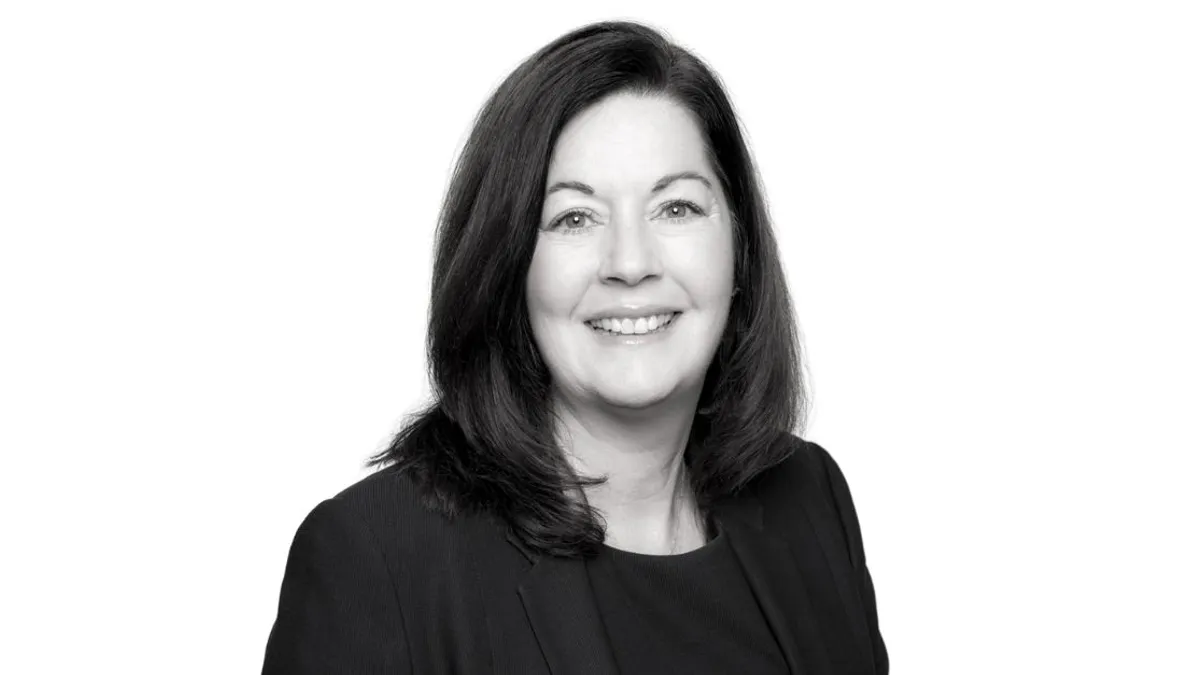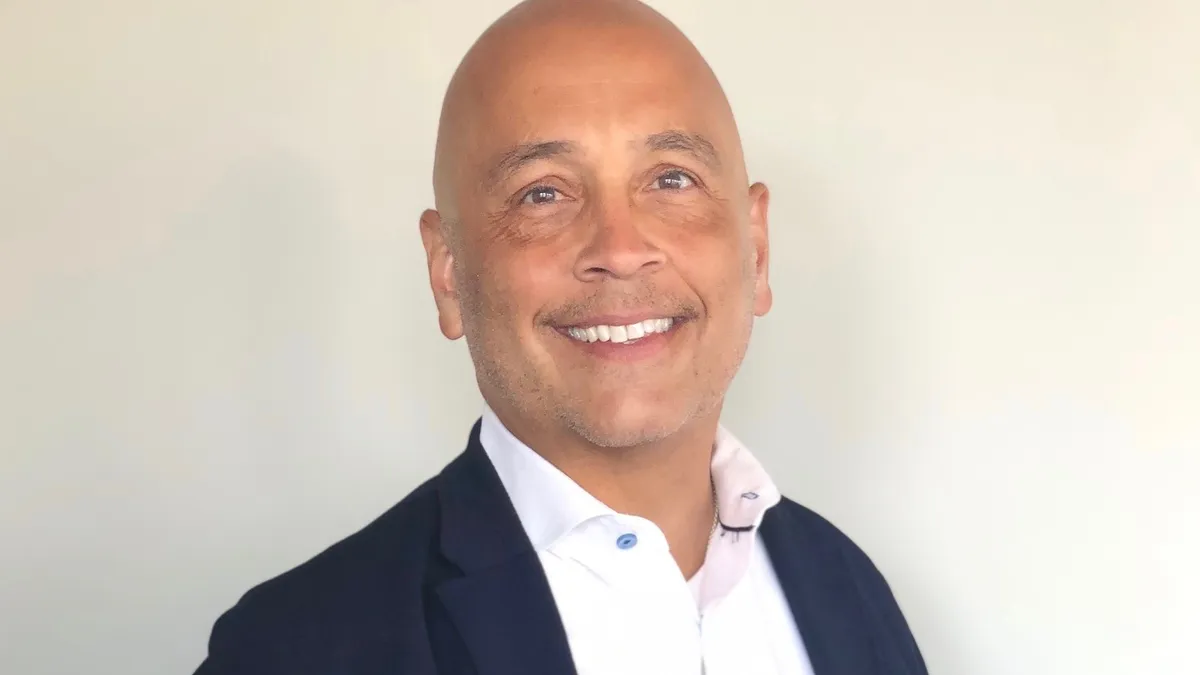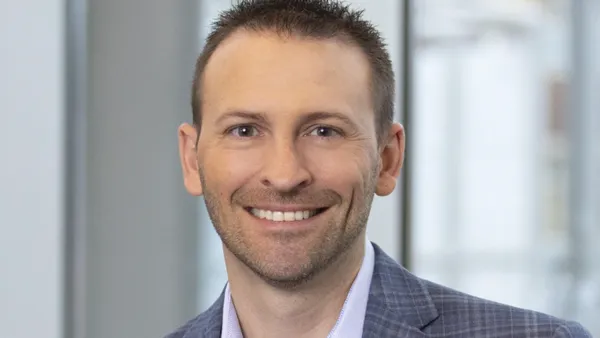Welcome to First 90 Days, a series dedicated to examining how biopharma executives are planning for success in their new role. Today, we’re looking at Inozyme’s new CEO, Douglas Treco, who’s guiding the company’s slate of rare disease candidates through development.
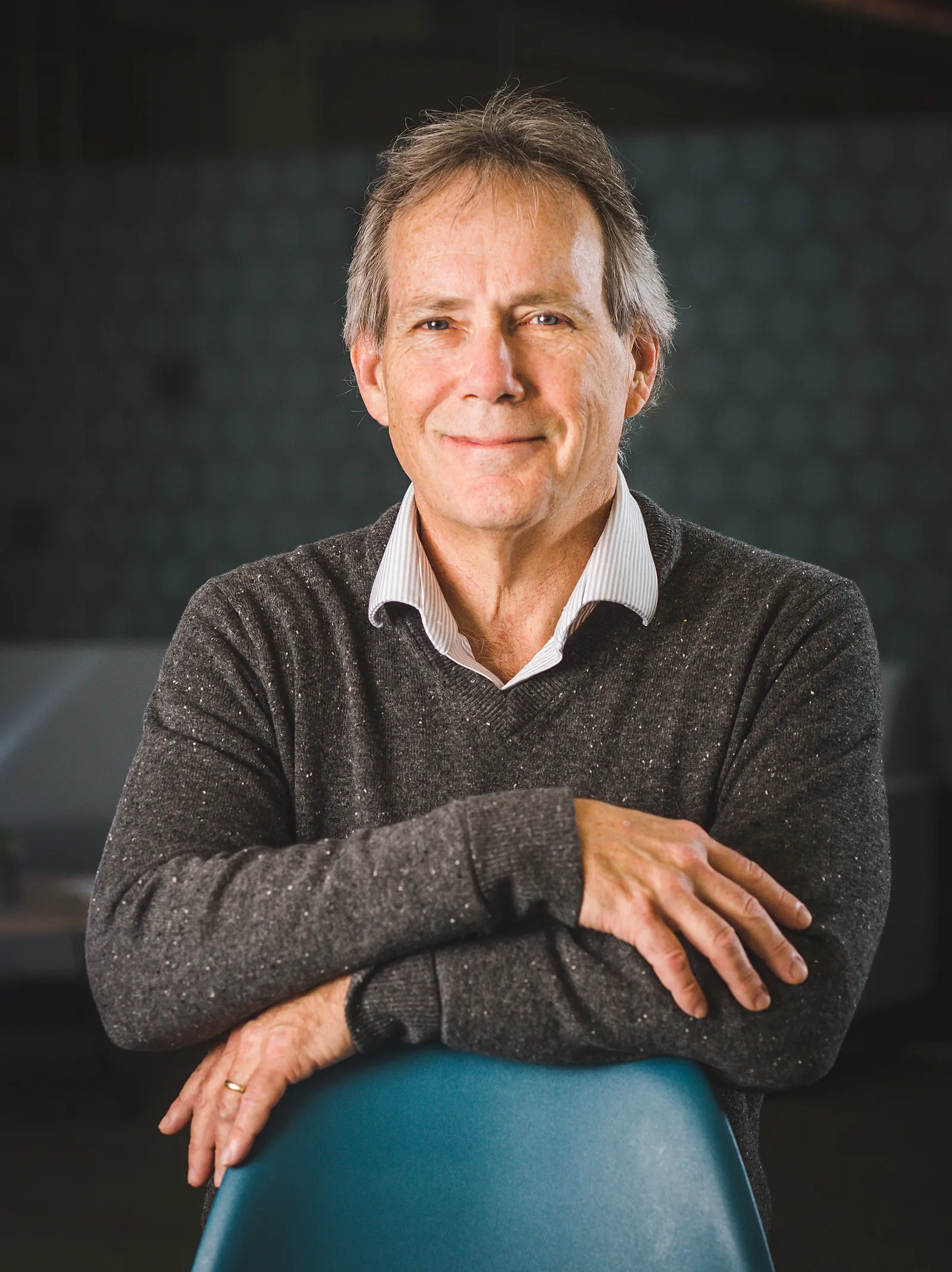
Douglas Treco stepped into the role of CEO of Inozyme Pharma, a publicly traded, clinical-stage rare disease biopharma, in April after serving for three years as chair of the board.
It’s a transition Treco knows well, but in reverse.
He co-founded and led Ra Pharmaceuticals, which develops novel therapies for rare complement system diseases, for 12 years before its acquisition by UCB S.A. for $2.3 billion was complete in 2020. Prior to that, he co-founded the protein-replacement focused Transkaryotic Therapies, bought by Shire in 2005, where he ushered four drugs to FDA approval.
“My experience matches up incredibly well with the company,” said Treco, who took the reins from the Inozyme’s founding CEO Axel Bolte. “I understand the rare disease landscape and process.”
Now, he’s leading Inozyme as it navigates the clinical and regulatory pathways for INZ-701, its clinical-stage enzyme replacement therapy that treats rare disorders of the vasculature, soft tissue and skeleton.
One indication the company is studying INZ-701 for is ENPP1 deficiency, which can lead to myocardial infarction, stroke, or cardiac or multiorgan failure, and for which there are no approved therapies. Approximately 50% of infants with ENPP1 deficiency die within six months of birth, and children with the condition usually experience rickets, an often debilitating condition of weak bones and abnormal bone formation leading to limb deformities, stunted growth and fractures. On June 27, Inozyme announced dosing of the first infant with ENPP1 deficiency in a phase 1b trial.
"I try to get people to work based on excitement and interest rather than beating them over the head with a timeline."

Douglas Treco
CEO, Inozyme Pharma
The company is also studying the drug in ABCC6 deficiency, associated with a buildup of calcium in the eyes, skin and arteries. Both conditions are driven by low levels of inorganic pyrophosphate (PPi) adenosine.
Shortly after earning his Ph.D. in biochemistry and molecular biology, and performing post-doctoral research at the Salk Institute for Biological Studies and Massachusetts General Hospital, Treco realized he could drive more change outside the lab.
“The way to make an impact on medicine was by doing it yourself, not just sitting on the sidelines and hoping that your interesting research turns into a product,” he said.
PharmaVoice spoke with Treco just after he hit the 90-day mark at Inozyme about the skills needed to lead a company, his early accomplishments as CEO and his goals moving forward.
This interview has been edited for brevity and style.
PHARMAVOICE: You've been on the other side of this transition. How do the experiences compare?
DOUGLAS TRECO: The big difference is that in my previous companies, I was the first employee. I hired pretty much all the initial staff (and) I continued to interview almost everybody. The culture that arose within the company arose while I was there. It was built around what I thought we should be doing, and how we should act and behave.
This is very different. I’m the 56th employee, I think, and coming in with an experienced team, with existing culture. Not disrupting the culture too much is important. In rare diseases you have a team of people who are motivated.
I think the other thing that’s very different is both of (my other) companies were platform companies. We had to build the platform to a point where we could make discoveries that would lead us down useful disease paths.
Inozyme’s very different in that we started out with a product. From day one, the focus was to get this drug approved for these diseases. We already knew what we wanted to do. Rather than doing a lot of discovery work along the way, this company started out in execution mode, moving toward an approvable product.
What about the CEO role appeals to you, and what skills and philosophies do you carry with you?
Somebody's got to lead, and I don't mind speaking up. Any time you sit down with a group of people, you need some level of leadership there to keep people on track, to make sure the vision is constantly expressed and reinforced, to manage different viewpoints. And I like to do that. I like to build consensus, sit in a room with people and solve problems, and I’m not shy about expressing my viewpoint.
Being a CEO and a leader has come naturally to me. I don’t think I started out as a great manager, and I still have a lot to learn. But I have learned to deal with all kinds of people, all kinds of levels of experience, all kinds of levels of skill and try to work with each one of them at their level. They know that when I’m talking with them, they’re getting my undivided attention. I think all the companies I worked at, everybody at every level knew that I cared about what they were doing, whether that was the guy cleaning cages or the marketing guy. I would make the effort to spend time with people.
That was one of the hard things (at Inozyme) — getting to meet every person pretty quickly and spending time and learning a little bit about them. I still have a ways to go. But I do feel that my style is personalized and motivating, and I try to get people to work based on excitement and interest rather than beating them over the head with a timeline.
Can you reflect on your accomplishments over those first 90 days?
The company (already) had a good culture. So one of the biggest challenges was not screwing it up. Making everybody realize that (they’re) doing a great job, and we're going to continue to keep the momentum going.
I added a little more focus to the development plan. We have one drug that can treat several different diseases. We know of at least two that we’ve de-risked. There are a couple more we’re thinking hard about. So one of the more important things we did is take all of the info we got from commercial, regulatory and from our expert advisors, and distill that into a development plan. We have a focus now on our next study, which is the pediatric study in ENPP1 deficiency. I think the focus of the company has sharpened over the last few months, but has not changed dramatically.
What is your goal for the company in the next one to five years?
A year from now, I would like to be enmeshed in our two major studies in infants and juvenile patients with ENPP1 deficiency, and I would like to be enrolling at a rapid pace.
Five years from now, I would like to see this drug approved for ENPP1 deficiency for all ages. I would like to see it near approval, if not approved, for another indication, or maybe even two other indications: ABCC6 deficiency and a disease called calciphylaxis, which is associated with patients undergoing dialysis for end-stage kidney disease. I'd like to be working on one or two other rare diseases characterized by calcification in the blood vessels and overgrowth of the lumen of the blood vessels to prevent blood flow. And I’d love to begin to move our early-stage gene therapy forward in the clinic for ENPP1 deficiency.








